Join US
Do you want to build the fantasy world you’ve always dreamed of?
Subscribe to receive notifications when a new post is out and for our monthly newsletter!
You can always unsubscribe anytime.
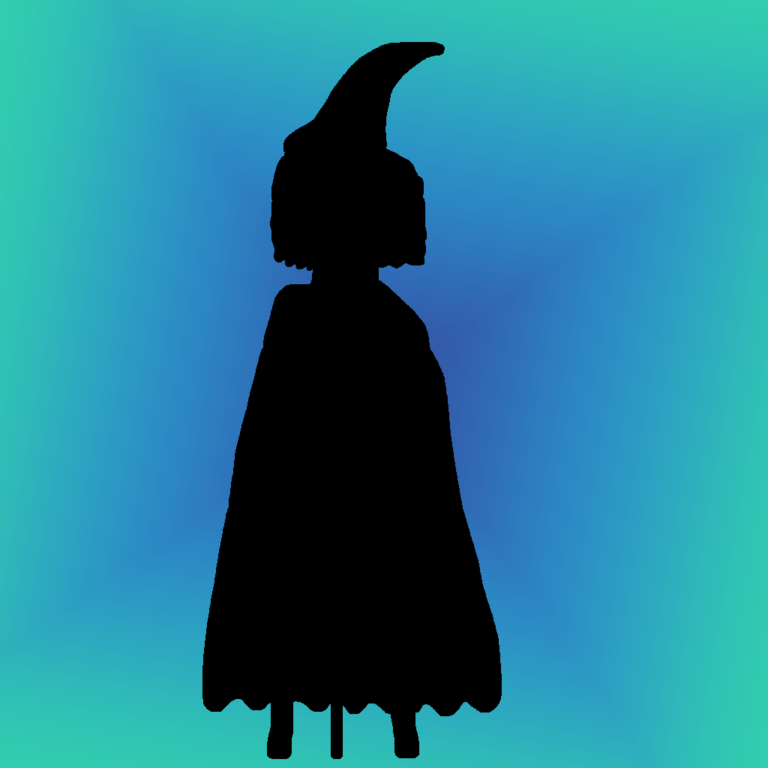
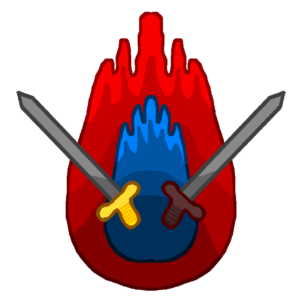
Characters are an integral role in shaping stories. Without them, there would be no story. Yet the role they play is interesting. They act like real people, meaning they have their own opinions, personalities, and mannerisms. Like real people, they change throughout the story after overcoming obstacles and challenges or failing them. In this article, we’ll explore the 3 key types of character arcs.
Character arcs refers to the trajectory they take through the story. They change when they experience triumphs and suffer setbacks. It would be a boring story if all the characters remained exactly the same from page 1 to the last page, never changing at all. Readers like to see how the story and the world change the characters.
One of the 3 types of character arcs are those that experience positive growth. They essentially become better versions of themselves, learning the right lessons from their defeats and incorporating them thereafter. The protagonist is the perfect example of this type.
There are characters who don’t change at all. These particular ones fall within the flat type. They remain the exact same the first time they appear in the story to their final appearance. Surprisingly, this type works quite well for minor characters or those who only appear in a certain spot in the novel.
Out of the 3 types of characters arcs, the negative is the most interesting one. Essentially the polar opposite of the positive, this one features characters becoming worse as readers turn the pages. They learn the wrong lessons from their setbacks or they just don’t care. The negative arc is a great way to show how characters descend into madness or lose the best part of themselves.
You don’t necessarily to have characters have just one arc. You can give them multiple arcs, which work best for series since you have more avenues to work with which makes for very interesting character development!
This is the nineteenth article in the series looking at writing a fantasy book. For more of our many other articles, check out our blog page. It shouldn’t take long for you to find one that catches your eye!
Let’s start with the most popular of the types of characters arcs: the positive. In this arc, characters grow, becoming stronger and more capable of facing whatever challenges and obstacles the world throws at them. In nearly all fantasy stories, the protagonist and many of his closest allies have a positive character arc.
At the beginning of this arc, characters start off with a flawed perspective. It could be how they believe the world works or that whatever they do doesn’t change anything. You could say they’re resigned to the belief that nothing will ever change and it’s something they just have to live with.
Something happens that spurs them to take action. Recognizing that they have a golden opportunity to finally be able to do something about it, they seize it, expecting that it’ll be easy.
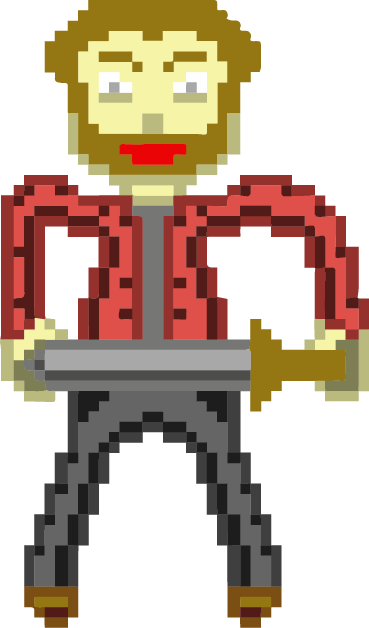
They become more confident in themselves and their abilities as well as gain a better worldview after facing several challenges. Unfortunately, they believe that the upcoming challenges they’ll face will be as easy as the earlier ones. This is where things begin to fall apart.
They experience a situation they can’t get their arms around and experience a setback that makes them doubt and lose confidence in themselves. Going through a period of self-reflection, they confront their fears and inner demons, working to confront and prevail over them. Once they’ve successfully conquered them and learned their lesson, they no longer have anything holding them back, enabling them to apply their newfound knowledge to overcome stronger challenges and triumph over them. They become better versions of themselves.
The reason they become better is simply because their perspective changed as they gained more insight and confidence in themselves that they previously didn’t have before. Furthermore, when they suffered a setback, they were forced to look inward to find the answers they needed before they could move on. They had to confront their self-doubts and fears before they could get them but when they did, it was all the sweeter for doing so actually made them stronger and more prepared to face ever-greater obstacles head-on.
The second of the three types of character arcs, the flat arc refers to those who don’t undergo any growth at all during the course of the tale. This means that they remain the exact same in every scene they appear in, regardless of the point of the story the scene takes place in.
Those with flat arcs have a fixed worldview. Their perspective on things remain the same even when new information that could dramatically shift them is introduced. It could be that they don’t care or they’re simply unconcerned about it, choosing to stick with what they know works.
In a dynamic world where characters evolve, you can use the ones who have flat arcs as a constant. Having them be a constant gives readers some comfort as they’ve already figured out that no matter what happens, they’ll still be the same. They can be a familiar presence that readers return to time and time again as they make sense of an ever-changing world and characters.
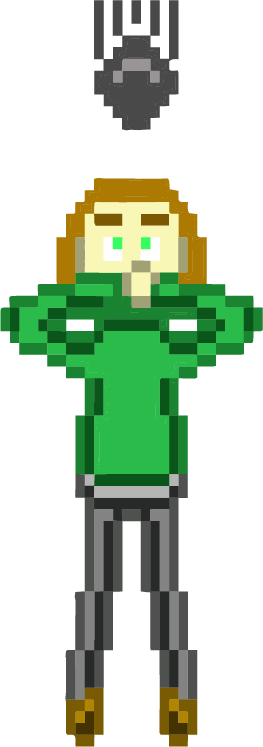
Flat arcs works best for characters who don’t play an important role in the story. They could be merchants or soldiers or sailors where the main character interacts with several times in the novel. Additionally, they also can be used for characters who only appears in specific parts of the book where they only serve to move it forward one way or another.
You don’t necessarily have to restrict this type of character arc to minor ones. You can give this to your major characters if you intend for them to serve the exact same role all the way through. Giving this to one or two of them is a superb way to mix it up and add some variety to character development.
Characters who play the role of the jester, the ones who provide comedic relief, are ideal candidates for flat arcs. Their only purpose is to lighten up tense scenes or give the characters and the readers some respite, especially after pivotal scenes that upend the story. While their hijinks may change, they never stop bringing some levity and smiles to peoples’ faces.
The negative is the one that generates the most interest out of the 3 types of character arcs. While readers generally like seeing characters gradually become better throughout the tale, they like seeing how they get worse even more. Starting with a flawed perspective, they constantly make the wrong choices and learn the wrong lessons whenever they experience a setback.
Exploring how characters fall from grace and lose their sense of morality is far more intriguing since there’s always more than one reason for their downfall. Most of the time, it’s a tragic backstory where something happened to either them or someone they knew and loved that set them down the dark path they’re on. They’re easy for readers to get invested in since their moral compasses are starkly different than the protagonist.
They never learn from their mistakes and are doomed to repeat them over and over again. Readers can’t help but root for them, hoping to see them finally decide that enough is enough and they’ll change for the better, despite there being a part of them that knows otherwise. These characters may get multiple opportunities or only one shot at redemption and they don’t take them because they believe it’s too late for them to change.
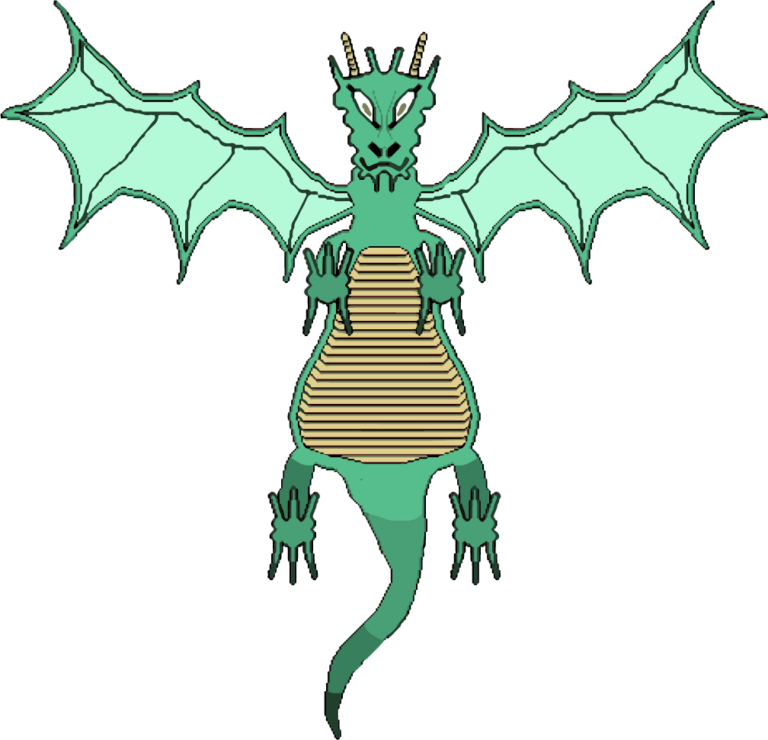
Negative arcs are powerful tools writers use to great effect. With one stroke of the pen, they can completely alter readers’ perception of a character, especially one they love to hate. By showing them in a different light, writers can make them more sympathetic especially when they add context to why they’re making the choices they make in the story.
The negative arc can be applied to just about any character, even the protagonist. Giving the protagonist a negative arc turns the story on its head entirely since instead of working to overcome obstacles and challenges and become a better person, he finds himself unable to and he unravels, losing more and more of himself until he’s a shell of his former self.
Though you can use it on the protagonist, it works best for tragic characters, morally gray ones, or even the villain. In the case of the villain, you can shine light on how he became who he is and why he descended into madness. While readers might be inclined to feel some sympathy for him, instinctively they understand that he still needs to pay for all the suffering he caused.
When writing your book, it’s best to define the arc your characters will take during the outlining process. That way, you can flesh out the role they’ll play in the story before you start writing. Everyone in the story will fall within one of the 3 types of character arcs.
The positive arc is the one most people identify with. Readers love seeing characters grow, becoming stronger people capable of dealing with whatever challenges head their way. They love seeing how they bounce back from defeat and learn the right lessons and don’t repeat the mistakes they made earlier in the story.
Characters who have flat arcs essentially remain the same, not changing one bit in the time between the first time they enter the tale to their final appearance. While this arc is mainly used for minor characters like shopkeepers who serve a specific role in the story, you can use it for major characters who you want to not change at all. Major ones like those who provide the comedic relief are perfect candidates for the negative arc.
The final type of arc is the negative one. Those with negative arcs worsen as the story progresses and they make mistake after mistake and learn the wrong lesson from their mistakes. This arc is used to create far more interesting characters compared to the other two types of character arcs since there are many reasons why they became the way they are now.
Now that you’ve learned the 3 key types of character arcs, you can bring them into your story to create dynamic, interesting characters and give them the perfect arc!
Let me know what you think in the comments below. (Note: this is an account-exclusive feature).
If you don’t have one, you can register here. It only takes a few moments of your time!
Liked this article and want to subscribe? All you have to do is fill out the form below and that’s it!
Thanks for reading this and until the next time,
Sunfire
Subscribing means you receive:
You can always unsubscribe anytime.
Do you want to build the fantasy world you’ve always dreamed of?
Subscribe to receive notifications when a new post is out and for our monthly newsletter!
You can always unsubscribe anytime.